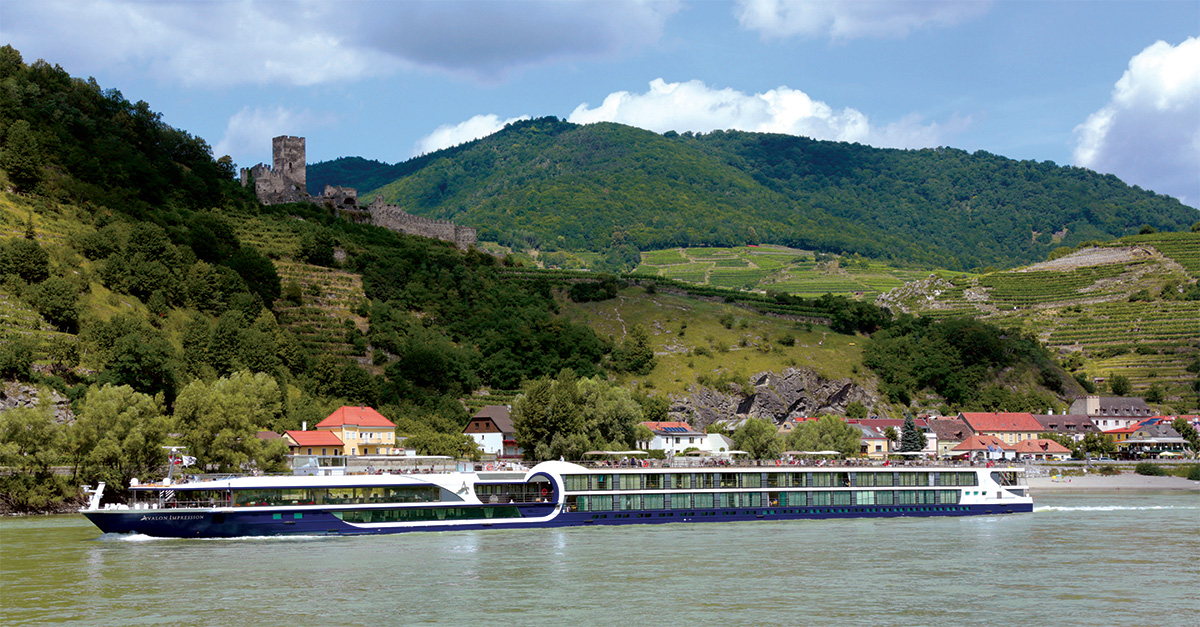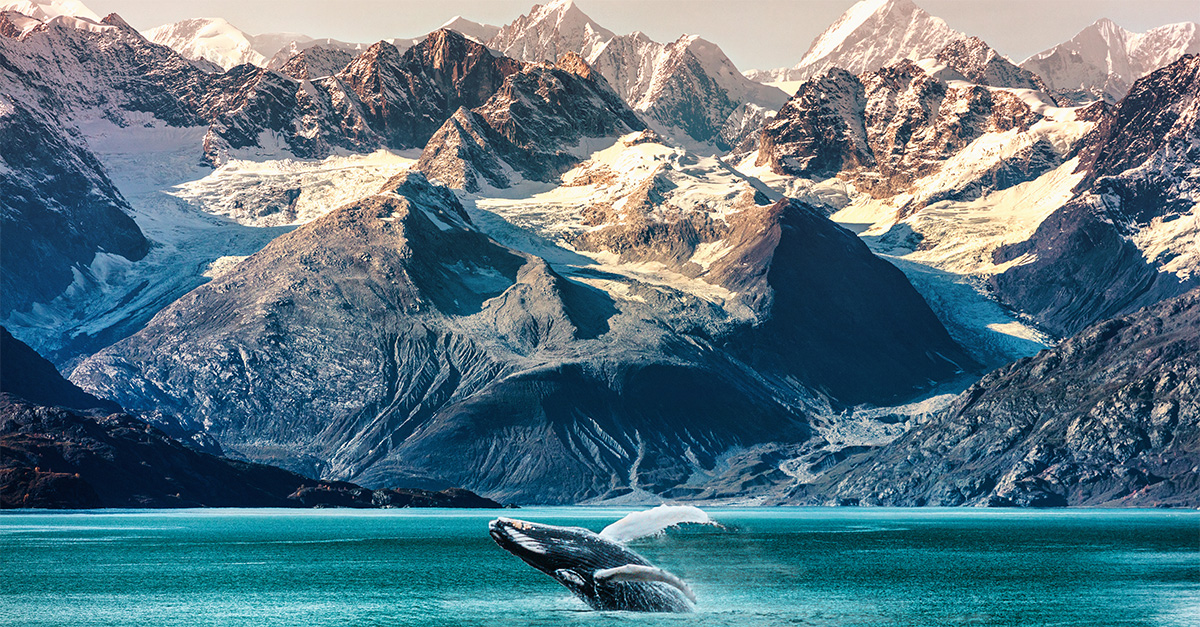Turkey’s true masterpiece lies far away from its stunning coastline, Karl Cushing discovers
Like this and want more details? Click here to download and save as a PDF.
Sometimes nature conspires to conjure a truly magical landscape. Cappadocia, a dramatic volcanic landscape hewn by millennia of erosion and civilisation, looks like nowhere else on earth.
A Unesco World Heritage Site, this central Anatolian region is famed for its colourful carved valleys and otherworldly ‘fairy chimneys’. These soft limestone outcrops have been shaped by nature into majestically surreal towers and carved into a bewildering network of dwellings by the Hittites and Christians who fled here in Roman times to avoid persecution. Here they found a place to observe their faith unhindered amid the myriad valleys, transforming many existing dwellings into cave churches.
History, nature and activity are the three pillars of Cappadocian holidays, so it’s a region featured by escorted touring and adventure travel specialists, as well as Turkey-focused operators. Fascinating and utterly unique, this is a spot for cultured clients who enjoy getting a little off the beaten track.
What to see
According to my guide there are about 2,500 cave churches in the region, some derelict but many still sporting impressive fresco and secco wall paintings. Some of the best examples, such as the Dark Church, can be found at the Zelve Monastery Complex, or ‘open air museum’, just outside the town of Goreme. Good examples found elsewhere include St John’s and the soon to-open Church of the Forty Martyrs.
Churches aside, you can find signs of former habitation everywhere you look in Cappadocia, from carved-out houses and stores to pigeonholes high above valleys. One of the best insights into the lives of the locals comes on a visit to an underground city such as Kaymakli or Derinkuyu. Locals would flee to these impenetrable refuges in times of attack where, aided by bountiful supplies and the ingenious designs, they could live for months at a time. A degree of mobility is required to explore their somewhat claustrophobic confines; for less active clients suggest the more accessible Saratli.
At Monks Valley the fairy towers retain small caps of volcanic basalt, giving them an intriguing mushroom-like appearance, while at Devrent Valley guided groups stop roadside to decipher the suggestive shapes in the rockscape. Walk on for a few minutes and you’ll escape the crowds and better appreciate the multi-coloured rock strata. Ditto, while big groups stop to snap Uchisar Castle from the roadside, it’s a pleasant walk to the top, and Uchisar itself is a good spot for a wander. Nearby Ortahisar also boasts a photogenic castle.
What to do
While most spend a few nights here you could easily spend a week or more exploring the region. Local agency Rock City (rockcitytours.com; info@rockcitytours.com) offers all manner of commissionable options and Alp, my guide, was excellent.
Alternatively, active specialists Kadost, who organised my horse riding, tailor everything from short hikes and mountain climbing to week-long canoe, rafting, hiking or horse-riding tours (kadost.com; info@kadost.com).
Advise clients to make the most of their visit by striking out into the valleys, whether by hiking or on horseback, mountain bike or all-terrain vehicle (ATV). Routes such as Rose Valley and Red Valley offer easy walking, with guided tours of the latter often ending in the interesting little town of Cavusin. The easy stroll through scenic Ihlara Valley, exploring its many churches, is also popular, while a ramble in lush Pigeon Valley is easily combined with a trip to Uchisar Castle.
Horseback is one of the best options as horses can access more paths than ATVs, and not everyone relishes hiking or biking in the heat of the day.
Souvenir specialities include onyx and kilim carpets, while the town of Avanos is famed for its pottery, and many tours swing by the regular demonstrations. For gourmets, suggest a trip to Turasan Winery in Urgup (turasan.com.tr) or a cooking class, offered by local hotels and restaurants.
The basics
Kayseri is the gateway airport, with connections to Antalya, Istanbul and Ankara supporting twin or multi-centre options. Alternatively, travel overland and reimagine the lives of the fabled Silk Road merchants who plied this area. The route from Antalya is gorgeous, taking in the Taurus mountains and stops such as Konya, centre of the former Selcuk empire and spiritual home of the whirling dervishes (especially during the annual festival in mid-December).
Attraction World’s two-night Cappadocia overland trip from Antalya, Kemer or Belek also takes in sights such as Sultanhani caravanserai (£106 adult; £55 7-12yrs). Alternatively, the more adventurous might consider the slow train from Istanbul.
Items such as meals and souvenirs are more expensive in Goreme than in towns such as Uchisar or Cavusin, but its infrastructure makes it a very good base. Although touristy it retains a mix of crumbly towers and cave houses, many now boutique hotels such as my beguiling base, Stone House Cave (stonehousecave.com). The area’s hotel options are myriad, with plenty of choice in Goreme and Urgup, but three of the finest are in Uchisar, namely Argos in Cappadocia, Museum Hotel and Cappadocia Cave Resort & Spa, which is a member of Small Luxury Hotels of the World. Car, bike, moped and ATV hire is also readily available, especially in Goreme.
Advise clients to avoid the sweltering summer months; spring and autumn are the most popular times to visit. Many will also want to forsake the chilly winters but for the hardy it’s a fascinating time to visit. Exodus has a new winter option, the eight-day Snowshoeing In Turkey tour (from £999 including flights from Gatwick, accommodation, equipment and most meals. Its first departure is December 27.
Up, up and away
Cappadocia is renowned as one of the best ballooning areas in the world and each dawn the sky fills with up to 90 colourful canopies, with the blanket silence broken only by their roaring flames and the incessant gasps and camera-clicking of your fellow travellers, about 20 of whom cram into each basket.
For time poor clients in particular, a dawn flight offers a dramatic insight into the landscape and its network of valleys with no end of photo candy. Local operators abound (I went with Anatolian Balloons), and while the typical price of about £150 for an hour-long group flight is not cheap, the experience is priceless.
Sample product
Exclusive Escapes offers three nights’ B&B in Magari Evi, a private two-bedroom cave house in Urgup, complete with courtyard, antique furnishings and ‘snug’ room for a small child. Prices start from £1,045 including flights from London to Kayseri via Istanbul with Turkish Airlines, two days’ private guiding, and daily breakfast basket and cleaner.
Trafalgar’s Best of Turkey includes two nights in Dilek Kaya Cave Hotel in Cappadocia. Prices start from £1,550 including land and air travel, 13 nights’ B&B, sightseeing and guides.
Cox & Kings offers a private six-night twin-centre trip including three nights each at Hotel Arcadia Blue in Istanbul and Yunak Houses Hotel in Cappadocia, priced from £965, including British Airways flights from Heathrow.
Find out more at the Turkish Culture and Information Office website




